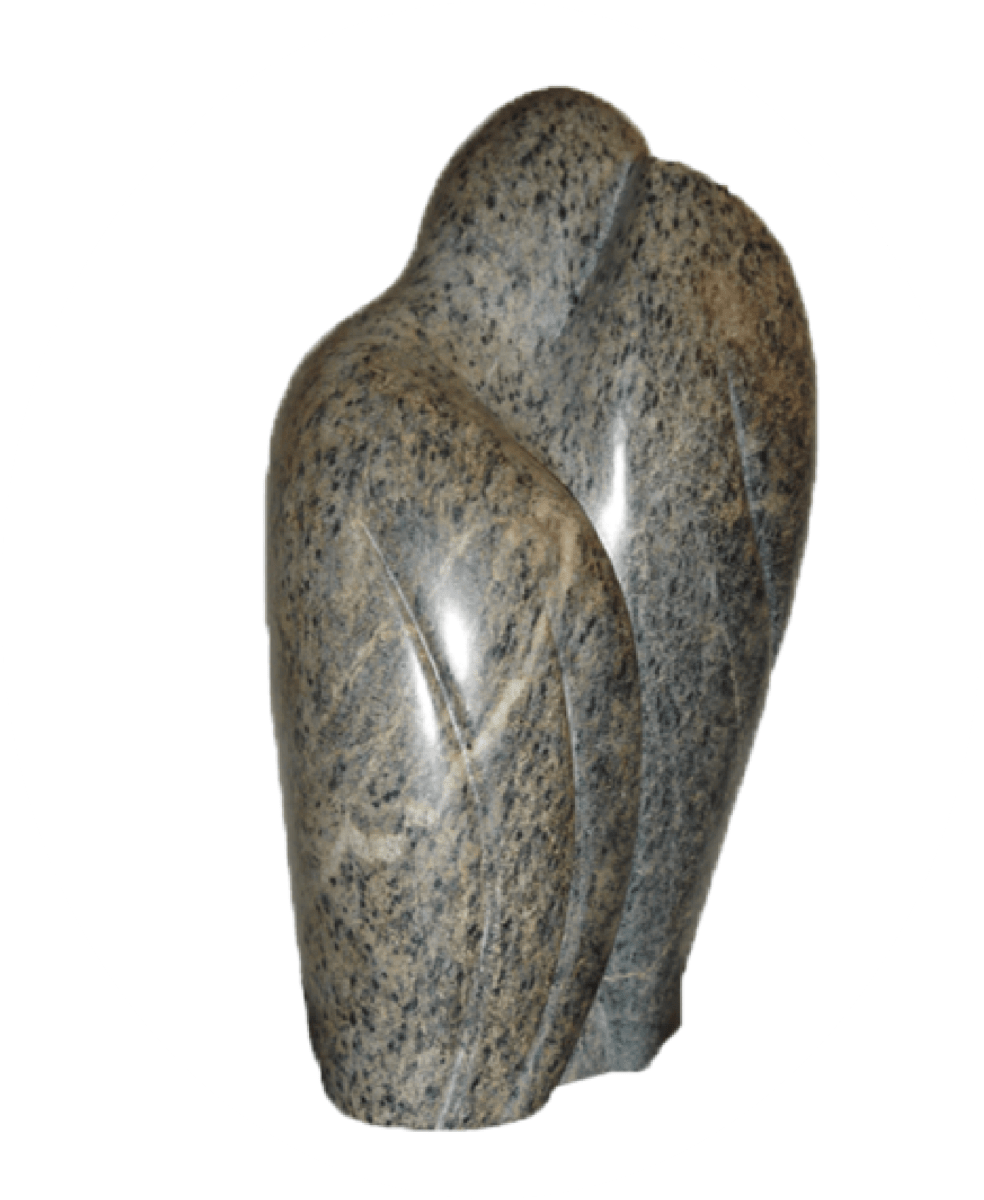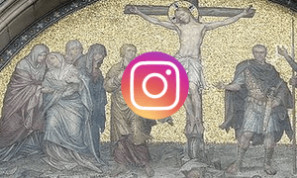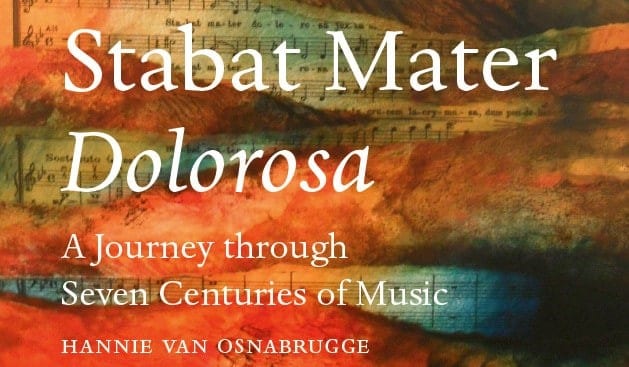I was very happy to receive a mail from Mr. D. about the transcription that was made by my grandson Cian from the original Irish Gaelic. See Irish Gaelic 2.0. This is what he wrote to me:
…I was delighted to come upon it (my site, ho) by chance. I had been listening to a BBC programme of words and music, which included a setting of part of the Stabat in Polish by Karol Szymanowski. I looked this up on Google and one of the top hits was to your website. It was interesting to see Irish as one of the languages covered, since I studied Irish many years ago — although not to any great level — and I saw at once that the text you had included was not quite right. Without going into too many details — Irish has a particular way of writing which includes a n accent to show long vowels, so á, é, í, ó, ú, and also uses h after consonants to show a different pronunciation: c , for example,sounds like English or Dutch k, but ch sounds like Dutch g. The older Irish writing used a dot above the letter to show these changes, as with ċ.I’ve gone through the text and tried to correct where it is obviously wrong, looking up words where I could, so I think the text I have produced is nearer correct — but I can’t say for sure 100% accurate!I’ve attached a Word document and a PDF version of my version, and also a plain text, in case this is easier to work with for your site. With any luck, a real Irish speaker may see it and make any necessary corrections…
I have updated the webpage with the Irish Gaelic translation, thanks to Mr. D.




